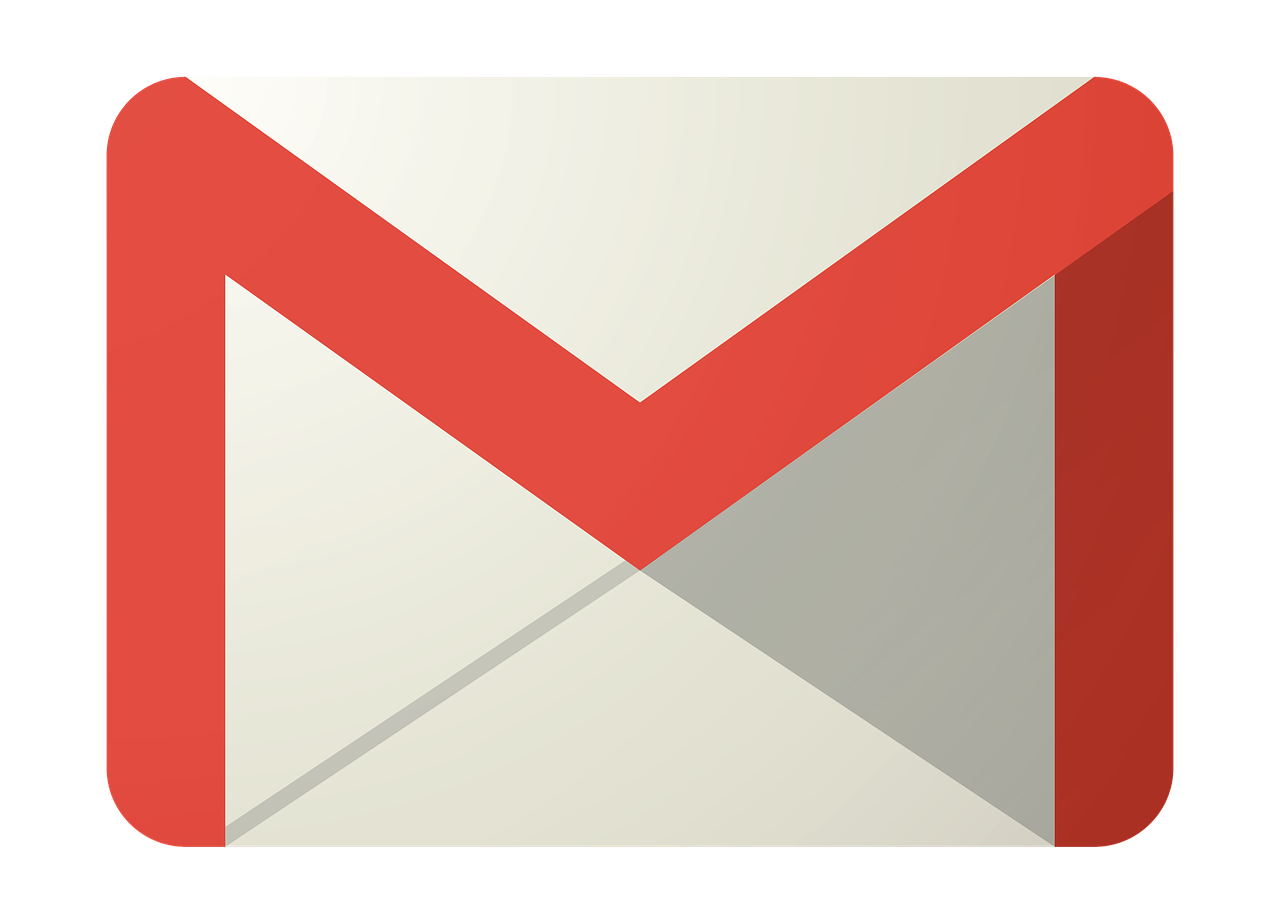Tracking email engagement can transform your communication strategy, especially when you confirm that important messages are read. Gmail offers read receipts as a way to gain this insight, but setting them up requires understanding account types and specific settings. This guide walks you through practical tips and common hurdles, ensuring you activate Gmail read receipts smoothly and make the most out of this powerful feature.
Step-by-step guide to enabling read receipts in Gmail
To enable read receipts in Gmail, start by confirming your account’s eligibility. Only Google Workspace accounts—typically business or educational—have full access to Gmail read receipt features. Personal Gmail accounts unfortunately do not support official read receipts, though third-party tools or extensions may offer alternatives.
This might interest you : How to easily activate read receipts in gmail
Once eligibility is confirmed, open Gmail in your browser and navigate to Gmail settings for read receipts. Click the gear icon in the upper right corner, select “See all settings,” and then access the “General” tab. Scroll down to find the read receipt section, where you can manage your preferences.
To activate read receipts in Google Workspace, you must first ensure that your administrator has enabled this feature for your domain. After that, in the composing window, click the three dots on the bottom right, select “Request read receipt,” and send your email. When recipients open your message, you’ll receive a notification if their client supports sending read receipts. Note that recipients may decline to send confirmation, limiting reliability.
Topic to read : How to easily activate read receipts in gmail
Keep in mind, for personal Gmail accounts, the official Gmail read receipt instructions do not apply, as this feature is restricted. Instead, consider searching for ways to easily activate read receipts in gmail through external tools if confirmation is critical. This step-by-step approach ensures you utilize Gmail’s read receipt capabilities effectively within the scope of your account type.
Essential tips for smooth read receipt activation
Activating Gmail read receipt smoothly requires attention to organisational permissions and user roles. Many users overlook that these permissions vary depending on the Google Workspace setup. To streamline the read receipt process, ensure your IT administrator has granted the necessary rights. Without proper permissions, the request for read receipts may fail or go unnoticed.
Maximising read receipts also means confirming that your notifications and email settings align with your organisation’s IT policies. Some organisations restrict read receipt functionalities to protect privacy or manage data flow. By checking these constraints beforehand, you avoid frustration and unexpected denials when trying to get read acknowledgments.
Additionally, to simplify the entire workflow, utilise keyboard shortcuts and built-in Gmail features that speed up the read receipt request. For example, when composing an email, quickly accessing the read receipt option helps reduce distractions and improves productivity. Learning these shortcuts is a simple yet effective way to maximise read receipts, making your communication more efficient overall.
Availability and limitations of Gmail read receipts
When considering Gmail read receipt availability, it’s important to understand that this feature is primarily designed for Google Workspace accounts, not free Gmail users. The Google Workspace limitations mean that personal Gmail accounts do not have native access to read receipts, a policy aimed to maintain privacy standards among individual users.
Mobile app restrictions also affect the accessibility of Gmail read receipts. As of now, read receipts cannot be requested or viewed via the Gmail mobile app. This limitation extends to certain browser versions as well, where compatibility issues might prevent the proper functionality of the read receipt feature. Therefore, users often need to rely on desktop browsers like Google Chrome to fully utilize Gmail’s read receipt capabilities.
If you are a free Gmail user or find yourself hindered by these Gmail feature access constraints, exploring alternative email tracking solutions can be beneficial. Third-party tools offer more versatile tracking options that work across different platforms and do not require a Google Workspace subscription. For those using Google Workspace, however, understanding these limitations ensures realistic expectations when managing email communications and tracking message engagement.
Troubleshooting common read receipt issues
When you encounter Gmail read receipt troubleshooting, the first step is to check whether the read receipt option is enabled. Sometimes, Gmail users face read receipt problems because this feature is simply turned off or missing from their settings. To resolve this, review your Gmail settings carefully. If you cannot find the option, it might be related to your account type—note that read receipts are primarily available for Google Workspace users rather than personal Gmail accounts.
If read confirmation shows delays or failures, it is likely due to the recipient’s email client settings or network issues. Many email clients do not automatically send read receipts; users may need to manually approve them or have restrictions that prevent sending them at all. Delays can also occur if the recipient’s connection is slow or unstable. Understanding this can help you manage expectations when waiting for confirmation of your sent emails.
For persistent Gmail issues with read receipts, contacting your Google Workspace admin is a critical step. Admins can confirm whether the read receipt policy is active for your domain and whether any restrictions have been imposed that affect your ability to receive confirmations. They can also assist in troubleshooting and provide solutions tailored to your organization’s setup.
Visual aids for activating Gmail read receipts
Visual aids play a crucial role in helping users understand how to activate Gmail read receipts effectively. By providing clear Gmail screenshot instructions, users can follow a step-by-step guide that reduces confusion and speeds up the process.
A typical visual walkthrough begins with opening your Gmail account and navigating to the settings or compose window, where the read receipt feature is located. Screenshots highlight the key areas and buttons to click, such as the “More options” menu (often represented by three dots) and the “Request read receipt” checkbox. These visual markers serve as precise guides so users don’t miss any essential steps.
In addition, the use of enable receipts guide images can demystify the entire activation procedure for users unfamiliar with Gmail’s advanced features. For instance, showing screenshots of the confirmation prompts or where the read receipt request appears when composing an email reassures users that they have correctly completed the task.
Google’s official support pages often include helpful images and diagrams reinforcing the textual instructions. These resources can be invaluable for users seeking authoritative, easy-to-understand visual aids to complement the step-by-step written guide.





